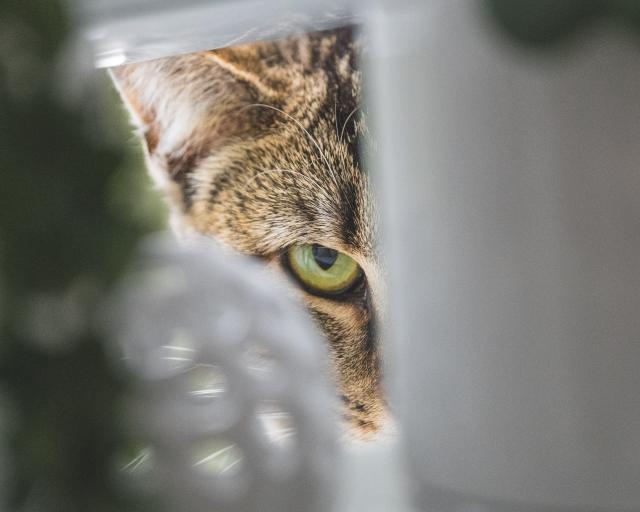New cat strategy adopted by SDRC

Digital Edition
Subscribe
Get an all ACCESS PASS to the News and your Digital Edition with an online subscription
Warwick family bouncing back after home gutted by fire
An early morning house fire reduced Kyle Teer’s Warwick home to ashes, but it did not break him.
The former boxer and his family lost...







